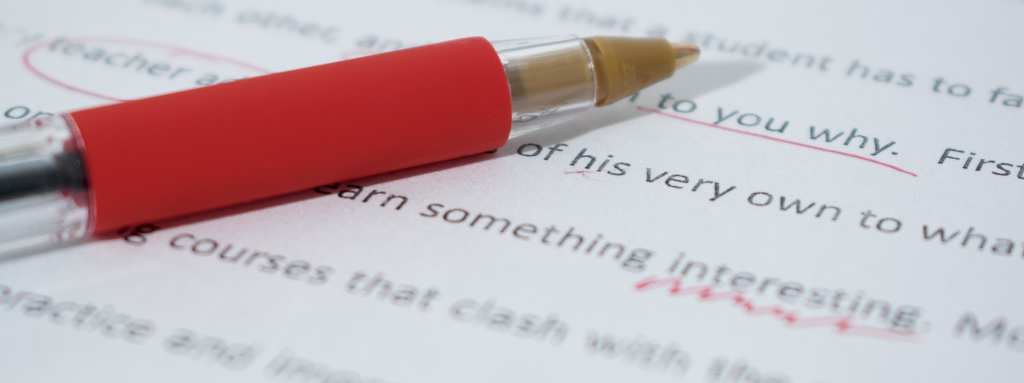Advanced Copy-Editing

Copy-editing is more than mastering the technicalities and following the ‘rules’. This class teaches critical skills for planning and carrying out an edit, drawing on demanding texts to explore issues of structure, clarity and consistent treatment.
Because the workshop teaches higher-level editorial thinking rather than technical skills, exercises are presented on paper, but all sessions assume that participants are working on screen, preparing text in Word for onward transmission to a designer and/or typesetter.
Who is it for?
Editors working in-house in academic or trade non-fiction publishing, whether editing text themselves or briefing and managing freelancers. You will have undertaken basic training or have at least a year’s experience on the job, and will already have a good grounding in editorial decision-making.
What will you achieve?
On completing the course you will know how to:
- take control of a text from the start and produce a well-finished edit
- construct a coherent framework for the logical delivery of ideas
- keep watch on factual and narrative integrity
- interpret and clarify meaning
- maintain editorial consistency
- play your part in the publishing process
Programme
Editing a book: the challenges and pitfalls. In an open discussion we consider the demands and difficulties we all experience in tackling a large-scale edit.
How to begin: overview, planning and work order. Despite the temptation to ‘get started’, you will be in control of the edit only if you survey the material first, uncover its shortcomings and decide how to set about working through the text systematically.
The argument: structure and features. At the highest level, the coherent delivery of the author’s ideas depends on structural elements such as headings, boxes, lists, quotations and other recurring features. We consider both the editorial and design issues posed by these features.
The content: resolving discrepancy. The detection of real or apparent contradictions in factual content is a key responsibility of the copy-editor. This calls for good long-term memory and deep reading on your part, to make sure that the text ‘adds up’.
The writing: clarity and economy. There’s a fine line between reworking text because ‘I think it sounds better like this’ and usefully tackling verbose or confusing writing. We try to define the ‘right’ level of intervention and investigate how to clarify the text without alienating the author.
Presentation: editorial style. Decision-making in the area of editorial style is a nuanced skill rather than a mechanical process. The approach to issues such as hyphenation, capitalisation and punctuation should be rational and well integrated. The forms of words should never obtrude.
Process: working with others. As the copy-editor, you are part of the network of people involved in the publishing process. In a brief session, we summarise colleagues’ needs, interests and responsibilities so that we can play our part efficiently.
Roundup and review: The day ends with a chance to reflect on what we have learned and to share observations with one another.
 Rosemary Roberts' first job was as an editor on Grove’s Dictionaries of Music, which launched her career in academic and reference publishing. After four years as a lecturer in publishing at Oxford Brookes University, she became chief copy-editor of the Oxford Dictionary of National Biography – for which, in 2005, she was awarded an MBE. She became managing editor at Thames & Hudson in 2007, where she gained experience of trade publishing.
Rosemary Roberts' first job was as an editor on Grove’s Dictionaries of Music, which launched her career in academic and reference publishing. After four years as a lecturer in publishing at Oxford Brookes University, she became chief copy-editor of the Oxford Dictionary of National Biography – for which, in 2005, she was awarded an MBE. She became managing editor at Thames & Hudson in 2007, where she gained experience of trade publishing.